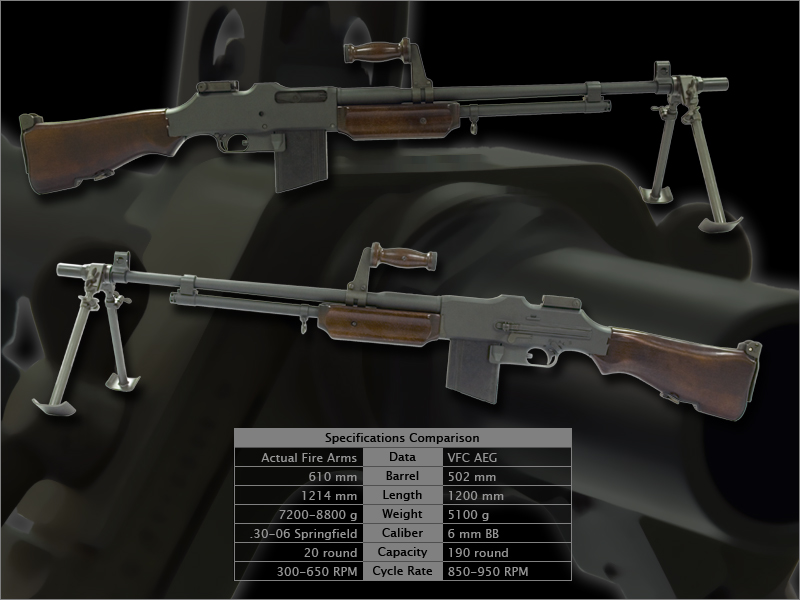
【リアルガンヒストリー要約】
BAR初期モデルは、オープンボルト式の空冷ガスオペレーションマガジン給弾方式を採用した画期的なオートマチックライフルでした。米軍用.30-06スプリングフィールド弾仕様、本体重量は金型を多用していた為に7.3-8.6kgあり、バレル部はレシーバーとネジ接合されており取り外しが可能、マガジンは20連型と対空用40連型が存在しました。
第一次世界大戦より様々な戦歴を経て1940年、最終モデルのM1918A2が導入されました。
BAR-M1918A2はフルオート機能を重視しセミオート機構をオミットしました。また、フルオートの発射サイクルを調整可能にし、FAST500-600発/分、SLOW300-450発/分の切り替えが可能でした。また、バイポッドとフラッシュハイダーが追加され携行用の自動小銃としての地位を築きました。
【英文】
BAR is a gas-operated, air-cooled,
magazine-fed automatic rifle that fires from an open bolt. Built for the U.S. military, the BAR was chambered for the standard .30-06 Springfield service round. The rifle weighed between 16 and 19 pounds (7.3 to 8.6 kg) empty, depending upon the model. The barrel is screwed into the receiver and is not quickly detachable. The magazine was a 20 round detachable box, though a 40-round version was briefly issued for anti-aircraft use.
The BAR remained in limited use during the early part of the Vietnam War
BARFrom its inception, the BAR M1918 was an automatic rifle. First issued in February 1918, it was hoped the BAR might help break the stalemate of the trenches by the concept of "walking fire" (following French practise),[1] an automatic weapon accompanying advancing squads of riflemen rushing from trench to trench. In addition to shoulder-fired operation, BAR gunners were issued a belt with magazine pouches for the BAR and sidearm along with a "cup" to support the stock of the rifle when held at the hip. In theory, this allowed the soldier to lay suppressive fire while walking forward, keeping the enemy's head down until it was too late. (The idea would resurface in the submachine gun and ultimately the assault rifle.) It is not known if any of these belt-cup devices actually saw combat use. The BAR saw little action in WWI, in part due to the Armistice, in part because the U.S. Army was reluctant to have the BAR fall into enemy hands, its first action being in September of 1918. Eighty-five thousand BARs were built by the war's end.
In 1922, the M1922 BAR was introduced. This version was equipped with a flanged or finned barrel and side-mounted sling swivel, and was intended for use by the U.S. Cavalry. The M1922 had no bipod as issued, although one could be fitted if desired. In terms of designation, a slight difference in terminology existed as to the M1922, which was termed a "machine rifle", as opposed to an "automatic rifle" or "machine gun". In June 1937, a small number of M1918s were modified to include a spiked bipod attached to the gas cylinder and a hinged buttplate. These weapons were designated M1918A1.
In 1940, the final BAR model?the M1918A2?was introduced. This model did away with the semi-automatic fire option in favor of fully automatic fire only. The rate of fire was adjustable, with a choice between "fast-auto" (500?650 round/min) and "slow-auto" (300?450 round/min). This was accomplished by the use of a highly complicated recoil buffer mechanism that was difficult to clean, and often proved susceptible in service to damage from moisture and corrosion, often rendering the weapon inoperable. The (unspiked) bipod was now attached to the barrel, a flash hider was added, a rear monopod was hinged to the butt, and the weapon's role was changed to that of a squad light machinegun. Its success in this role was mixed at best, since the BAR's fixed non-replaceable barrel and small magazine capacity greatly limited its utility in comparison to genuine light machineguns such as the Bren or the Japanese Type 96. The bipod and flashhider, being easily removable, were often discarded by troops to save weight and improve the portability of the BAR. In combat, particularly in the Pacific theatre of war, the BAR effectively reverted to its original role as a portable, shoulder-fired automatic rifle. In 1942, a fiberglass buttstock replaced the wood version, and late in the war, a barrel-mounted carrying handle was added.
Issued as the heavy fire support for a squad, all men were trained at the basic level how to operate and fire the BAR in case the man carrying it was out of action. While not without its design flaws (a thin-diameter, fixed barrel that quickly overheated, limited magazine capacity, complex field-strip/cleaning procedure, unreliable recoil buffer mechanism, a gas cylinder assembly made of corrosion-prone metals, and many small internal parts), the basic BAR design nevertheless proved itself when kept clean and earned a reputation as being rugged and reliable. It served as a frontline standard weapon from the latter days of World War I through World War II, and was pressed into use in the Korean War as well. The BAR was also used in the early stages of the Vietnam War, when the U.S. passed a quantity to the South Vietnamese. Quantities of the BAR remained in use by the Army National Guard up until the mid 1970s. Many nations in NATO and recipients of U.S. foreign aid adopted the BAR and used it into the 1990s. Poland (Browning wz.1928), Belgium (FN M1930) and Sweden (Kulsprutegevar m/21 and m/37) developed and issued BAR variants during the 1930s which had pistol grips and quick-change barrels.
This page was last modified 21:50, 2 February 2008.
All text is available under the terms of the GNU Free Documentation License . (See Copyrights for details.)
WikipediaR is a registered trademark of the Wikimedia Foundation, Inc ., a U.S. registered 501(c)(3) tax-deductible nonprofit charity .
|
|

【VFC電動BARについて】
第一次世界大戦、第二次世界大戦そして韓国戦争で使用された実績のある名銃”BAR”を電動エアソフトガンとして製作するにあたり、多くのファンの皆様に捧げるべくVegaForceCompanyでは綿密な製作工程を行いました。
【製品特徴】
・一体型アルミアウターバレル標準装備。
・軽量高剛性アルミレシーバー標準装備。
・ガスオペレーションシステムの構造をパーツにて再現。
・実銃同様のテイクダウン方式を電動ガンで再現。
・高級木製ハンドガード、ストック標準装備。
・リアルなスティール製フロントサイト/リアサイト標準装備。
・Mk43シリーズで実証された水平設置式ギアボックス採用。
【Option】
・キャリーハンドル&バイポッドセット
・190連射マガジン(20連型)
現代の最新製造技術により、トイガンとして生まれ変わったBAR-M1918A2を是非貴方のコレクションのひとつとしてご検討ください。 |
【VFC 電動BAR 主な仕様】 |
| 全長 |
1,200mm |
| 重量 |
5,100g |
| バレル長 |
502mm |
| 装弾数 |
190発 |
| 初速 |
80m/s未満(0.2g 6mmBB弾使用) |
|
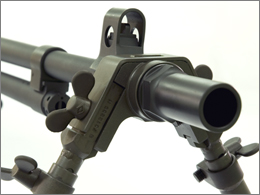 |
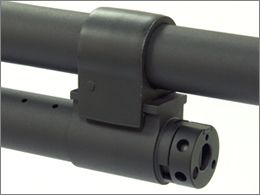 |
| フロントサイト周り/バイポッド取付け基部 |
ガスチューブ前方部分 |
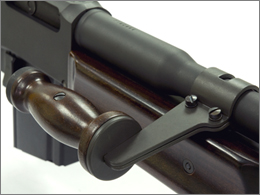 |
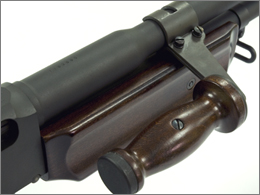 |
| ハンドガード/キャリングハンドル部1 |
ハンドガード/キャリングハンドル部2 |
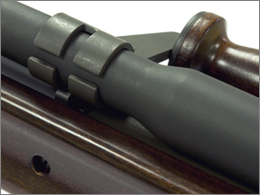 |
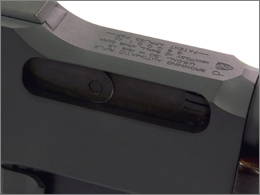 |
| ハンドガード/キャリングハンドル部3 |
エジェクションポート/シリアルナンバー1 |
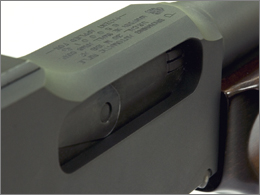 |
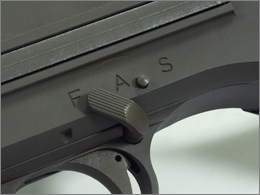 |
| エジェクションポート/シリアルナンバー2 |
セレクター部 |
|
|
